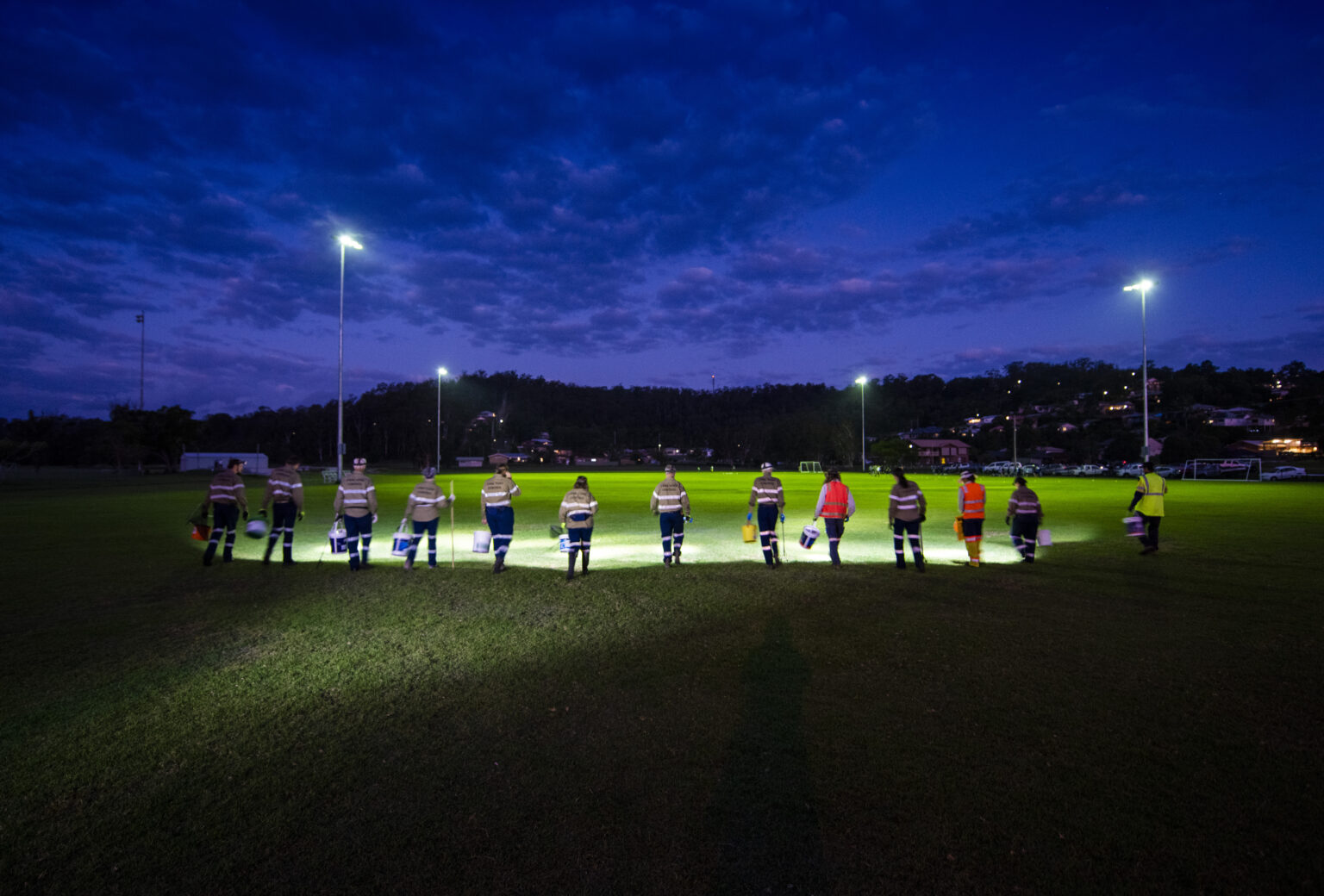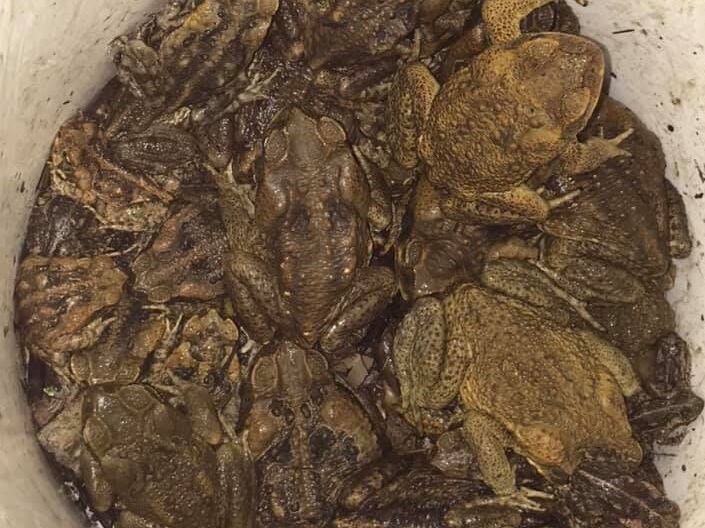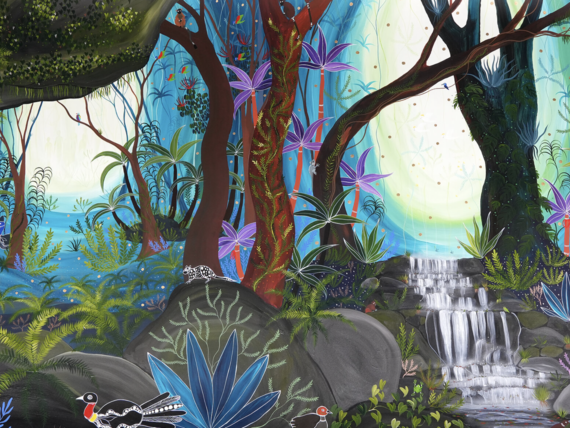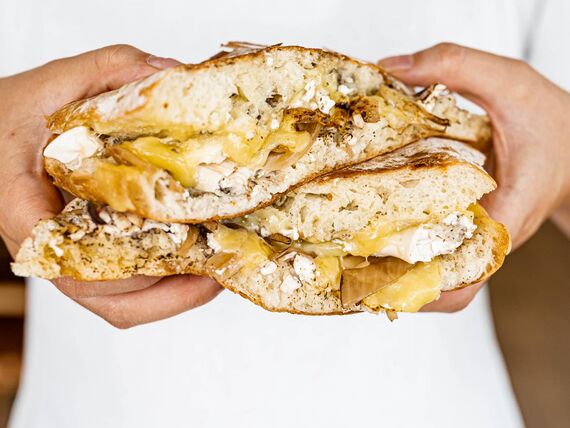
##MP##
Far Northerners are being urged to don the gloves and go cane toad catching tonight as part of a nationwide effort to rid Australia of as many of the invasive pests as possible.
The Great Cane Toad Bust, run by environmental organisation Watergum, is on for seven days from today.
Program Manager Emily Vincent told Tropic Now the aim is to humanely remove and kill as many adult toads as possible, as the breeding season begins.
##BA##
##PQ##
“Through toad busting activities we can remove fertile adults from the environment before they have an opportunity to breed.”
It's estimated there are now more than two billion cane toads living across Queensland, New South Wales, the Northern Territory and Western Australia since they were introduced to Gordonvale in a failed attempt at combatting cane beetles in the 1930s.
Emily said the toads quickly learned to move away from cane fields and into bushland areas, where they poison native animals that feed on them.
Bush decimated by fire in New South Wales two years ago is proving a perfect landscape for the toads to spread further south, which is why Clarence Landcare secured bushfire recovery grant funding for the initiative.

Here in the north, citizen scientist Lisa Newton told Tropic Now the event is a great opportunity to update local cane toad data.
“Watergum are collecting statistics as part of the event,” she said.
“It's also the best time of year, as amphibians are all breeding now with all this rain, so it's a great way to stop this year's population growth of toads and that way you are also supporting native frogs to breed.”
How to catch cane toads
Lisa and her husband have been toad busting for decades and reckon they now have a pretty good system.
“We have one person with the torch (cane toads have strong eye shine, so if you hold the torch close to your eyes you can see it reflected), while the other person catches them by hand,” she said.
“It is important to wear gloves when catching toads and wash your hands thoroughly afterwards as the toad's skin is poisonous.”
Another good tip is to set aside a pair of dedicated toad tongs.

Once collected, put the toads in the fridge first so they cool down and slow their metabolism, then put them in the freezer for at least a couple of nights before popping them into your bin on bin night.
“This is considered the most humane way to kill toads,” Lisa said.
“It's like they go to sleep.
“A little tip from experience is to have a dedicated container for your toads, so you don't accidentally defrost toads instead of that dinner you thought you had defrosted!”
Cane toad catching comes with a major caveat, though – if you are in doubt about the species, don’t kill them.
“Some of our native frogs, like burrowing frogs and marsh frogs are also brown, so can look like toads,” Lisa said.
“Toad eggs are quite distinctive – they are black and in strings – but I would not recommend collecting cane toad eggs until you are really sure, as there are some native frogs with dark brown eggs that are easily mistaken.
##PQ2##
The Watergum website has many great resources to help you with your toad hunting, including this video about identifying cane toads.
You can also use the website to add your cane toad catch rate to the national database.
Main points
- The inaugural Great Cane Toad Bust is happening across four states for seven days
- Environmental not-for-profit organisation Watergum is collecting statistics on their distribution
- Catchers are urged to euthanase the toads only if they are sure of the species








